Let’s take a break for a quick Kit Chat…
Air compressors are one of those items that you generally don’t just buy one of. It’s not because you need more than one (you really don’t), but rather because your first one, or even your second one, won’t be your last.
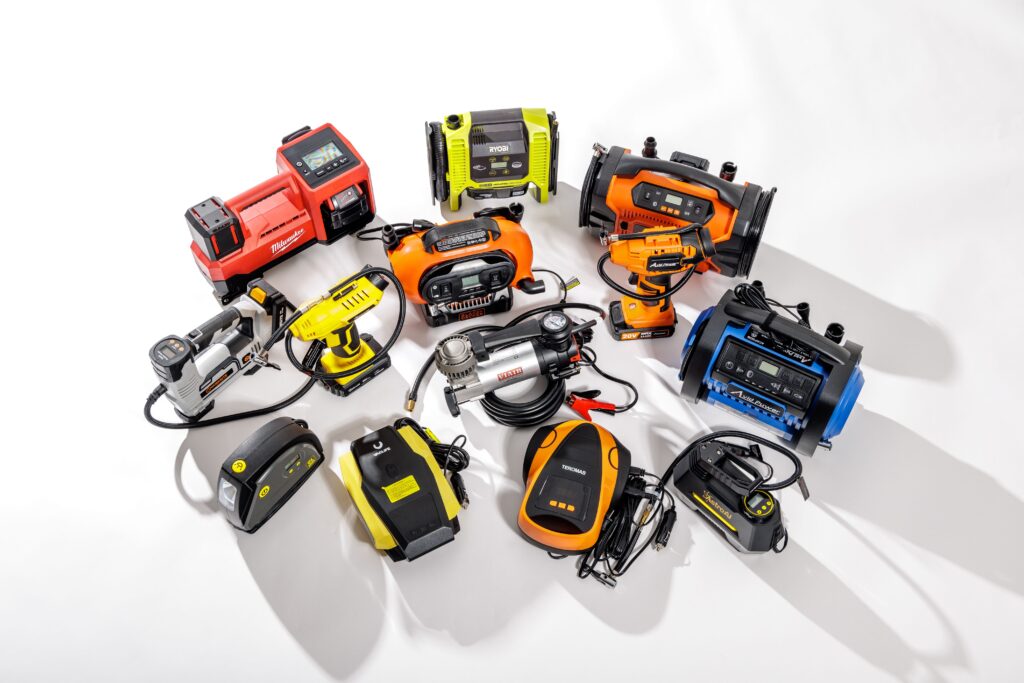
Compressor choice is usually dependent on budget, but it requires some serious forethought. In the beginning, we generally buy the cheapest that we can afford, or use whatever we can get our hands on (borrow from a trail buddy), but it doesn’t take long before our needs, or more accurately our desires, change. Or perhaps it’s a FOMO thing (Fear Of Missing Out), or a matter of Keeping Up with the Jones’s, where we just want the best on the market. Maybe we just want something faster, or easier to use, or maybe we want the ability to use pneumatic impact tools.
I remember one time I went off-roading, the only air compressor that I had access to at the time was a cheapo air compressor that plugged into the cigarette lighter, and was only designed for emergency roadside use. It was certainly not designed to inflate four large off-road tires. It took over an hour to reinflate my tires again after coming off the trails. Yeah…over an hour! Although it was a handy lil thing to have around, I ended up giving it away.
Similar to tires, there are lots of options on the market when it comes to air compressors, and it always comes down to budget (air compressor systems can range from under $200 to over $1000). Another factor is how we want to use them. Foresight is equally as important as budget because sometimes we don’t look far enough ahead to be able to anticipate our future needs or desires.
There is a lot to consider when it comes to compressors. Budget is of course an issue, as is size, and whether you want an on-board system, or a portable one. Maybe you want an air tank to be able to use impact tools, or perhaps you want the be the envy of all your buddies, and air up all your tires 2-3 times faster than everyone else.
One of the biggest considerations is the CFM rating (Cubic Feet per Minute), or in short…the flow rate. All manufacturers advertise the CFM under no load (not connected to anything) but it’s really the CFM while filling a tire that matters, and that changes depending on the back pressure of the tire it’s trying to inflate. It’s this flow rate that really matters more than the advertised CFM (without any back pressure) but that number isn’t always stated. The more that a tire is inflated, the greater the back pressure, and the slower the CFM will be.
The other consideration is duty cycle. How long can the compressor run before it needs a rest and cool down. To keep it simple, duty cycle is calculated based on run time vs rest time, so a 50% duty cycle means that if can run continuously for 10min before needing a 10min break. Whereas a continuous duty cycle unit can run non-stop (in theory…forever but eventually a bearing or seal will burn up).
Higher end units will also have a built-in over-heat sensor that will shut the compressor off before damage occurs. This saves you having to keep track of run-times. Duty cycle isn’t really a HUGE deal though unless you have tires bigger than 37″, or if like me, you are airing up the tires of many vehicles after a long day on the trails.
With that in mind, if you have really large off-road tires, you would be better off buying something with some serious “umph”. My first proper compressor was suitable for my 33″ tires, and although they could have also done 35″ tires, that would have been a bit of a strain on both the CFM and duty cycle.
I’m not going to get into a detailed, nerdy comparison of various units, from various manufacturers. There is simply too much to consider and talk about. You will have to do your own research as part of your decision making process, so we’re just going to talk about some of the basics.
On the lower end of the scale you can buy SmittyBilt compressors which are slower than some of the higher end units, but they are very effective and won’t break the bank. I was quite fond of my SmittyBilt when I first got it, and it really did well overall. It wasn’t great when compared to other models on the market, nor as fast, but it was solid, and well built, and when I bought it on sale, it was good value for the money.
Then you can move up to VIAIR, ARB, and even MORRFlate, which are all on the upper end of the price spectrum, but you really do get what you pay for. For example, the newer Rough Country Twin compressor is a copy of the ARB Twin, and although it’s supposed to be just as good as the ARB, it’s not nearly as fast. It’s a copy…not a clone. It’s also less than half the price, which may account for it’s difference in performance, even though they claim to have the same CFM rating. The ARB compressors are generally the most expensive on the market but they aren’t the fastest compressors on the market. The fastest, that I’m currently aware of, is the MORRFlate twin compressor, but it’s designed to inflate four tires at once, so you need the proper hose kits for that.

There really is a wide range of options. Some are on-board, some are portable, some are single piston, and some have twin piston models (remember what I just said about the ‘clone’ versions though from Rough Country), and in some cases there is an option for a small 1-gallon air tank. Rough Country and ARB both have a fully contained suitcase kit (containing a twin compressor, 1-gallon air tank, power cables, air gauge, a chuck, and hoses). Having a small air tank works great when filling one tire at a time, or even to use impact tools for brief, short bursts, and with their higher CFM rates (over 6CFM), they can refill a 1-gallon air tank pretty quickly. You could also skip all this and go to large CO2 tanks, but that’s a whole other conversation, and you need a way to recharge them…with a different breed of compressors.
The MORRFlate twin compressors though have a much higher CFM, and can fill tires VERY fast, but as I said earlier, it’s designed to be used with a 4-Tire hose kit. Using it to fill one tire at a time will actually harm the compressor over time. You CAN use it to inflate one tire, but don’t make a habit out of it or you will compromise the lifespan of the compressor. They also have single piston models if your budget doesn’t allow for top of the line set-ups.
Now while I do personally use MORRFlate compressors, and 4-Tire hose kits, and their new AirHub, this is a serious financial investment. However, being able to air up all four of your tires in under 5min (say 8min including unpacking and repacking everything), is still much faster than traditional systems. It also saves your back and knees by not having to crouch over each tire for several minutes at a time. My back is so much happier now.
I will add that many of our instructors also use the MORRFlate TenSix twin compressors, and 4-Tire Hose kits. Not only because we need to handle the needs of our students, but also as Trail Guides for various off-roading clubs, we often need to help other club members while on group rides. Well…until they buy their own systems anyway.
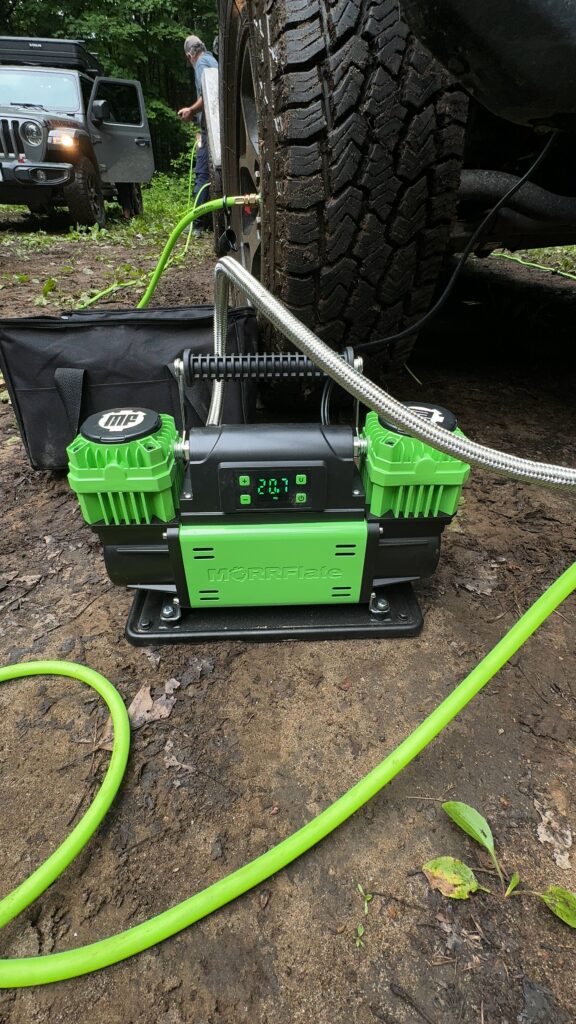
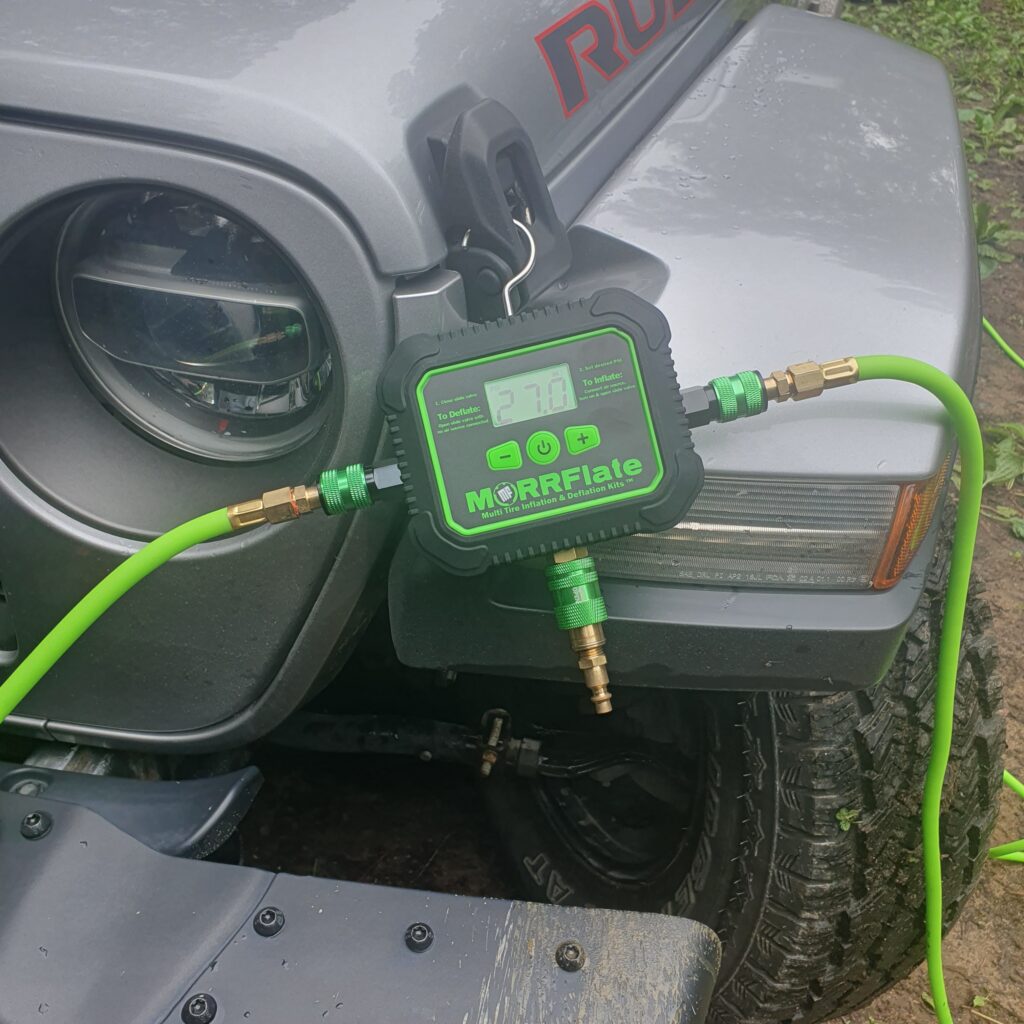
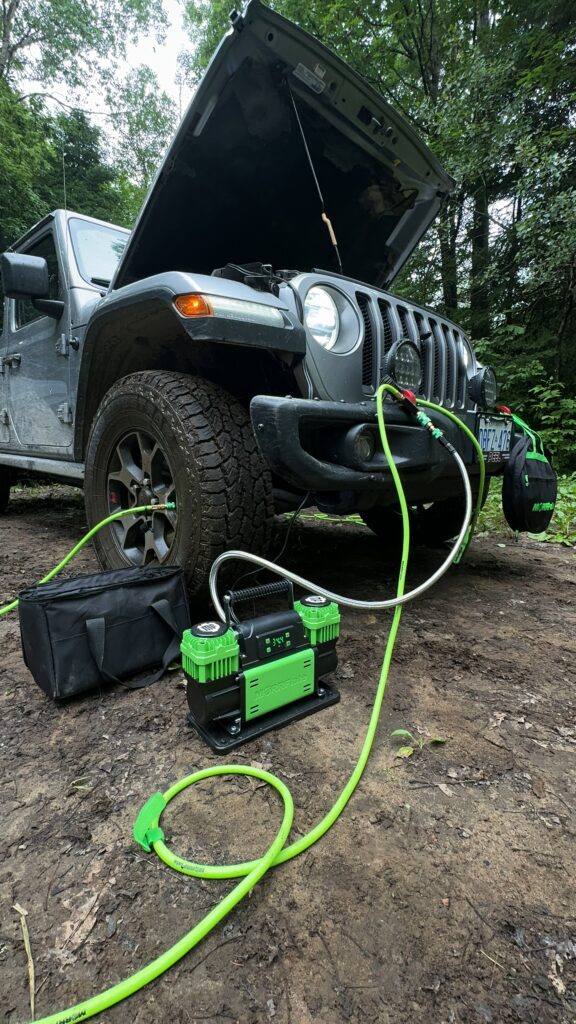
Like I said earlier, budget is often the deciding factor (often the largest factor), and with that in mind…buy the best you can afford. But while considering costs, you should also consider the convenience factor, and tire inflation/deflation systems is a piece of kit that’s worth saving your money for. Start off with something affordable, but save up for your ultimate dream system. Personally I would really love the convenience of an on-board system, but currently there isn’t an on-board system as fast, or as powerful as my portable MORRFlate TenSix mated to their 4-Hose kit. If they make one in the future though…I will get it.
That will make it one more compressor that I can say that I’ve owned and tried out. I admit though…I’m a bit of a gear junkie, and because I need to take care of my students, and random people on club runs, I will probably use both.
Like I said at the start…you will own more than one. So the best advice I can give…buy the best you can afford, but plan ahead and save up for the system you really want. No pressure.
Oh wait…never mind 😉


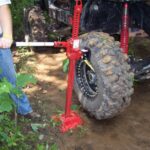 Next Post
Next Post